Today, the problematic side of production and management of waste is at a phase that cannot be ignored anymore. The progression of humanity led people to consume more and waste more. However, we are facing the end that comes for the resources consumed, as if there is no end. It is possible to show the built environment as an example of the most significant production and consumption form we encounter daily. The materials used in creating the built environment have long been produced from virgin materials. However, at this point, the awareness of the scarcity of resources turns things upside down. Architecture is responsible for triggering change that will stop unconscious resource consumption.
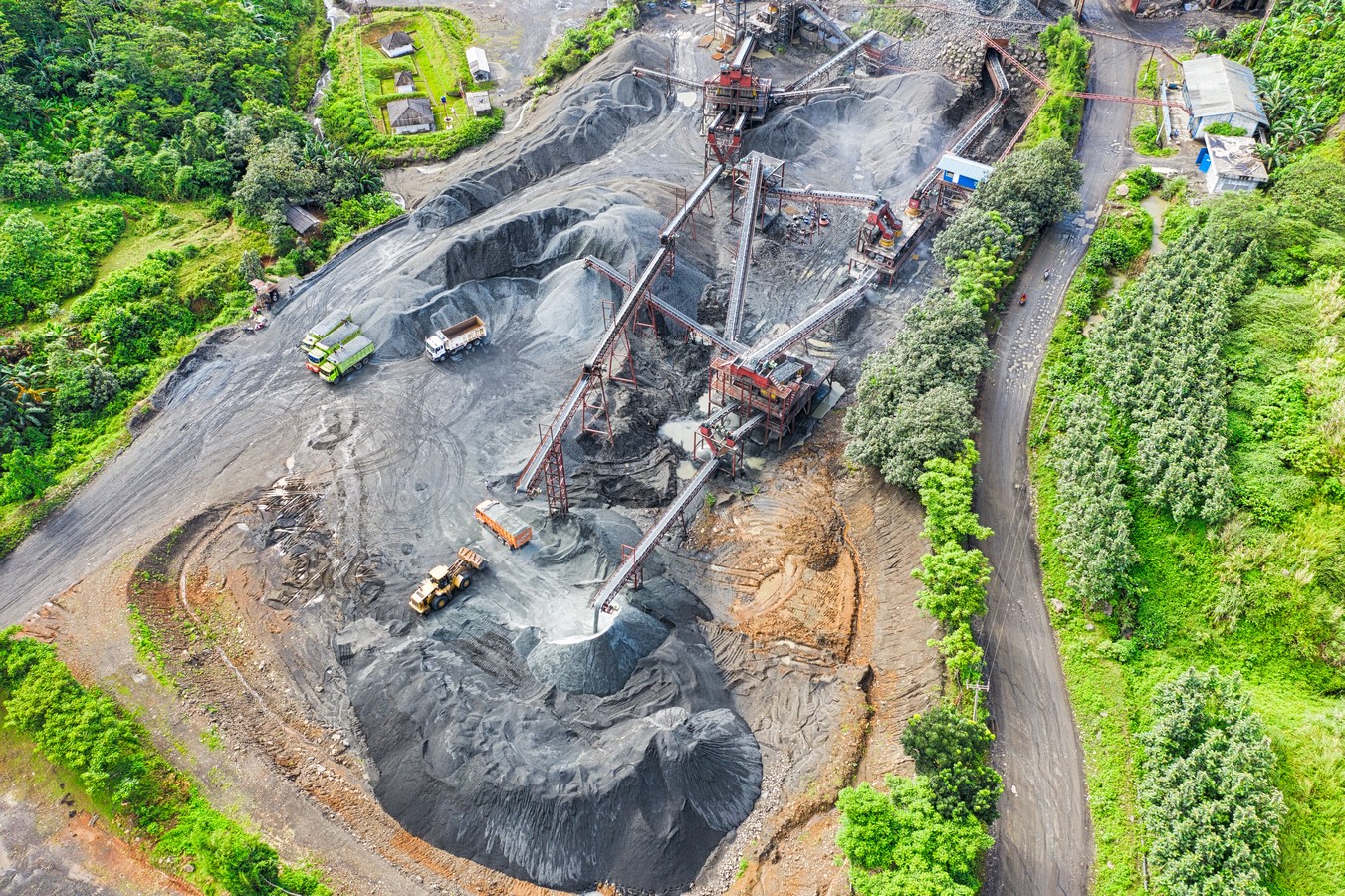
What the Built Environment Consumes and Leaves Behind
When the built environment is defined as human-made productions that meet various spatial and physical needs, it is possible to talk about consumption at different scales in the materialisation of these productions, as in many needs. At the end of meeting all this production and need, some things are wasted and ignored.
Starting from the decision to build a structure, lands can be given as an example of what is consumed and left behind. The architectural decisions made with this point in mind simply prevent the formation of waste areas. Apart from the ‘sacrifices’ such as deforestation or excavation on the land arranged for the production of a structure, leftover areas are formed on the land due to the design decisions made. Such sites may appear in a way that cannot meet any spatial needs or could be more efficient.
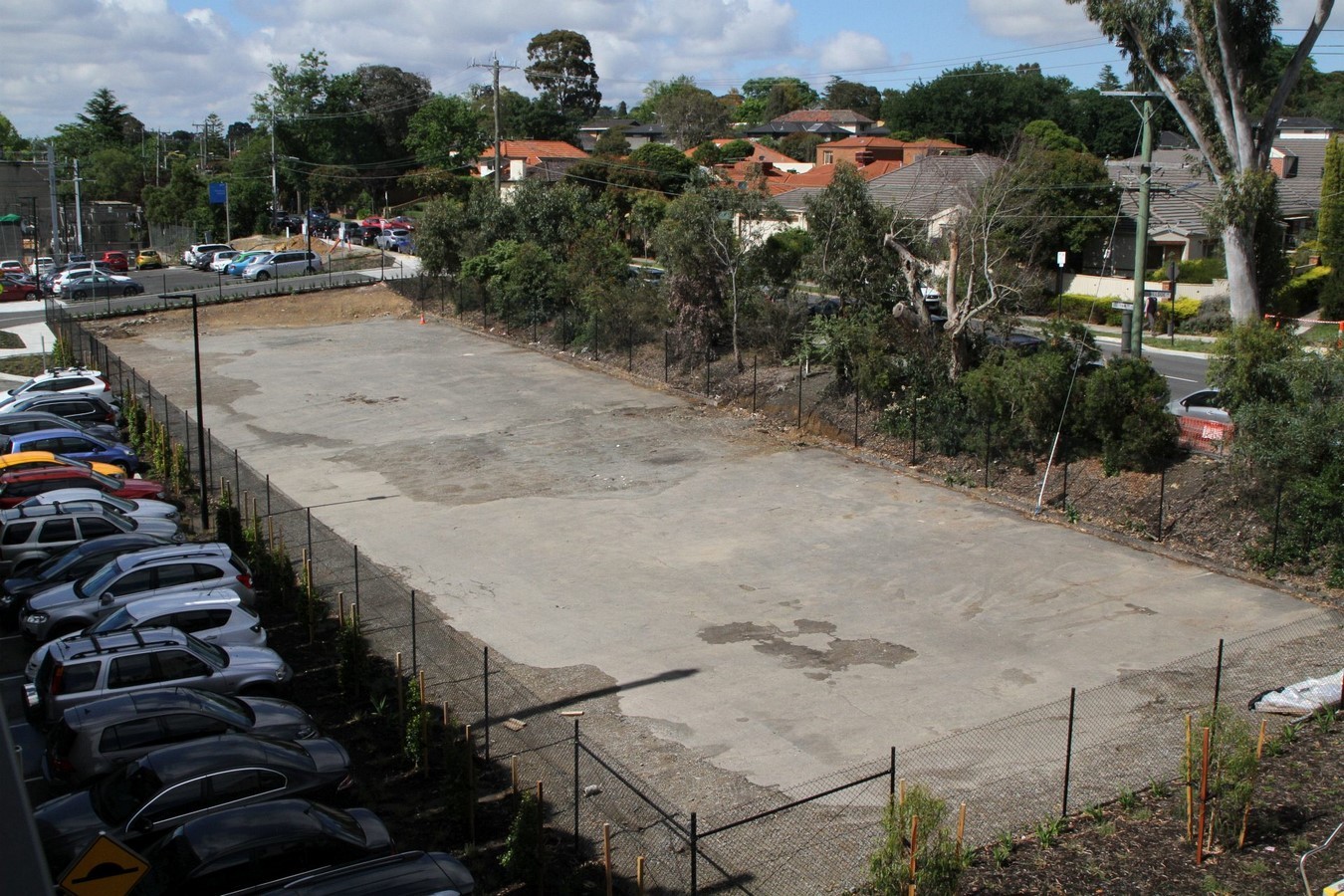
Apart from the land used, the building itself, produced as a result of the consumption of all the space and materials, can also become a waste. The completion of a building’s life is a human decision, as is the case with other wastes. There may be many reasons why the building becomes idle. Reasons such as being unable to serve other than the function for which it was produced and the need for its function to disappear, ageing of materials, needing reinforcement, damage to the structure, and perhaps a desire to replace it with a new one can be given as examples. In such cases, the building that has become inactive can take place in the building stock where the formwork is not used, or it can be demolished. In both cases, it continues to exist among the things left behind, unusable.
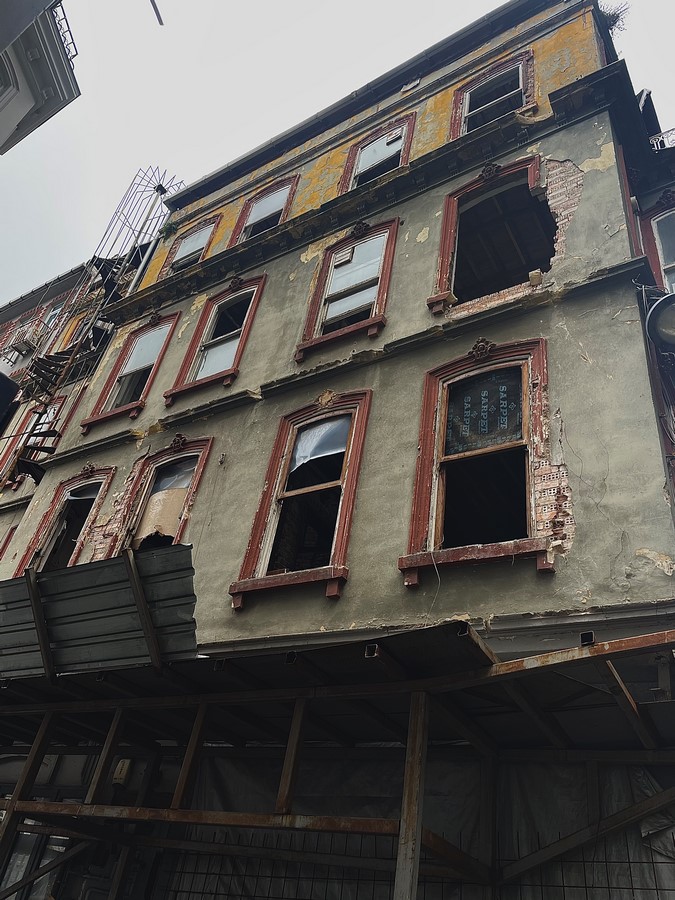
Materials and energy are the other most used and wasted things in the production of the built environment. In many cases, the production of structures made from scratch sometimes skips the mass production, each created by the production of unique parts, causing energy wastage. The built environment accounts for much of the world’s resource consumption. For the construction sector, 40 per cent of forest timber and 16 per cent of the world’s freshwater consumption rates. This rate in the consumption of non-renewable resources can change with a different and responsible understanding of architecture and production. Producing each material from scratch and for single use turns it into waste after it is decided that the building has completed its life. After it is agreed that what is left behind is waste, the management process takes place in a way that is no different from household trash.
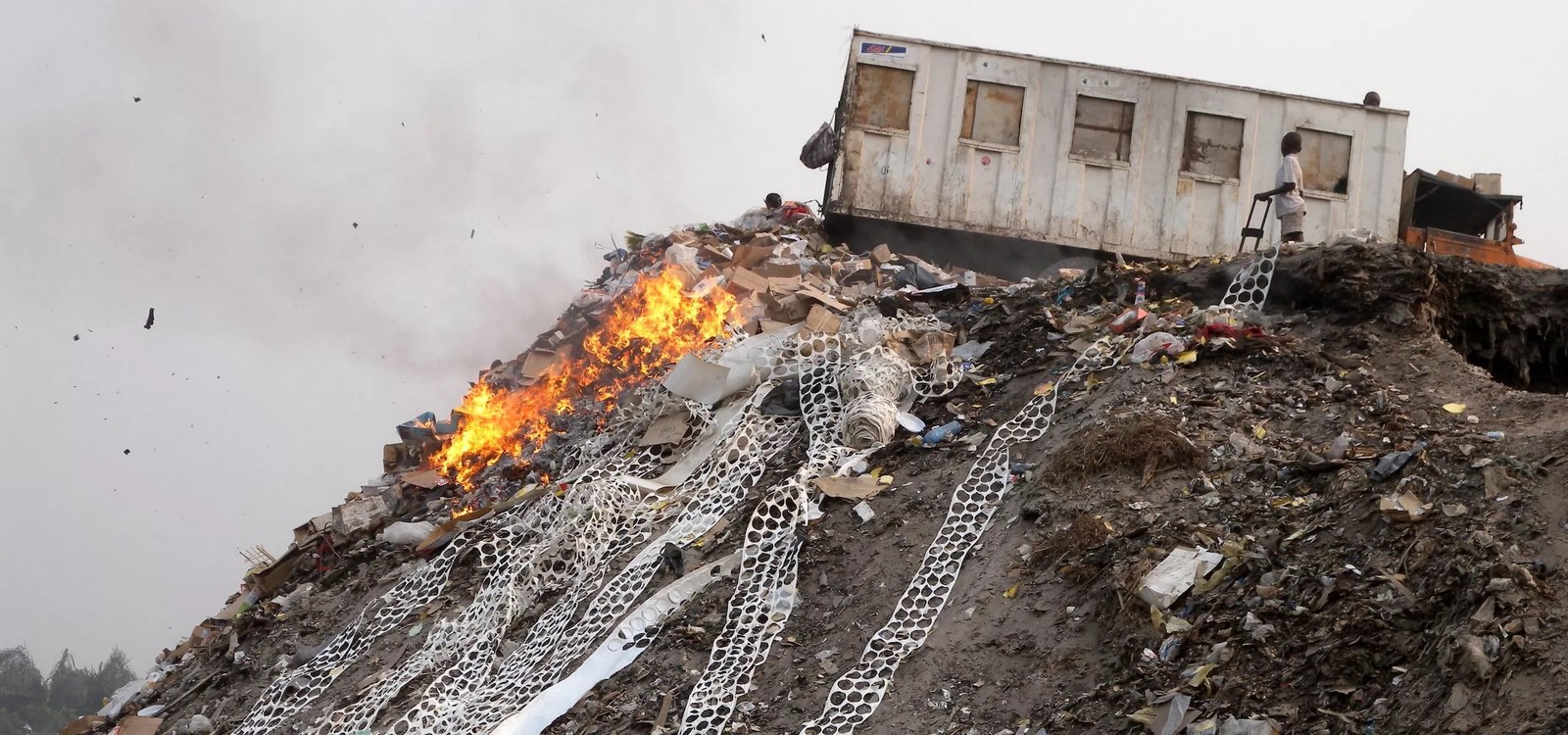
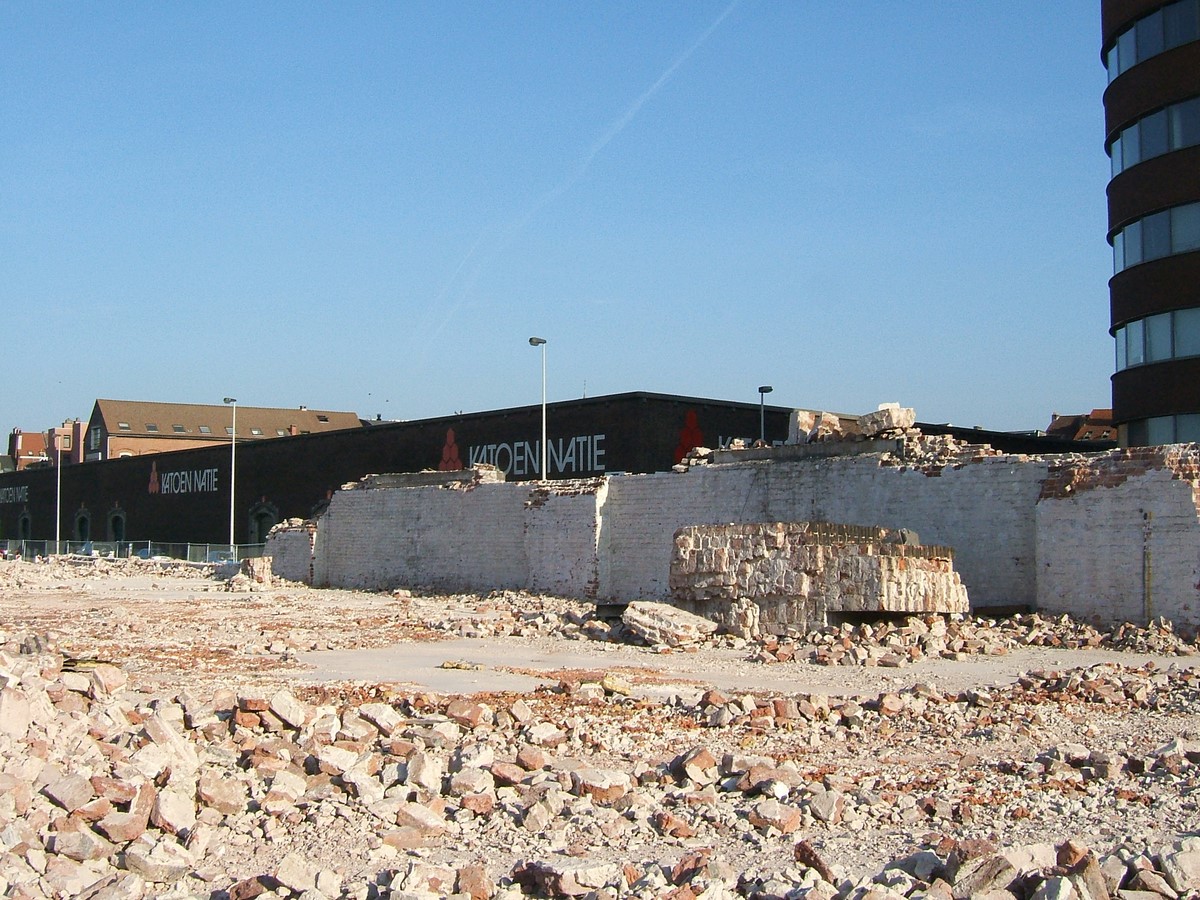
Process of Waste Materials
After a building is idle, it can be decided to demolish it. When a building demolition decision has been made, some parts can be separated and collected by independent actors and reintroduced to the market as the same or as scrap. Apart from this, the building elements with wet connections are broken into pieces. Since the wet joint does not give a chance to disassemble, the parts formed as a result of this destruction are called construction waste, that is, debris. The reuse of debris is very difficult and rare. In this case, the collected debris follows the path of household waste. Although waste management by local governments varies, debris is usually buried in designated areas in the city periphery or can be used as filling material for lands. In both cases, this irreversible construction waste is involved in a process were the ones taken from nature are consumed and buried to remove from view.
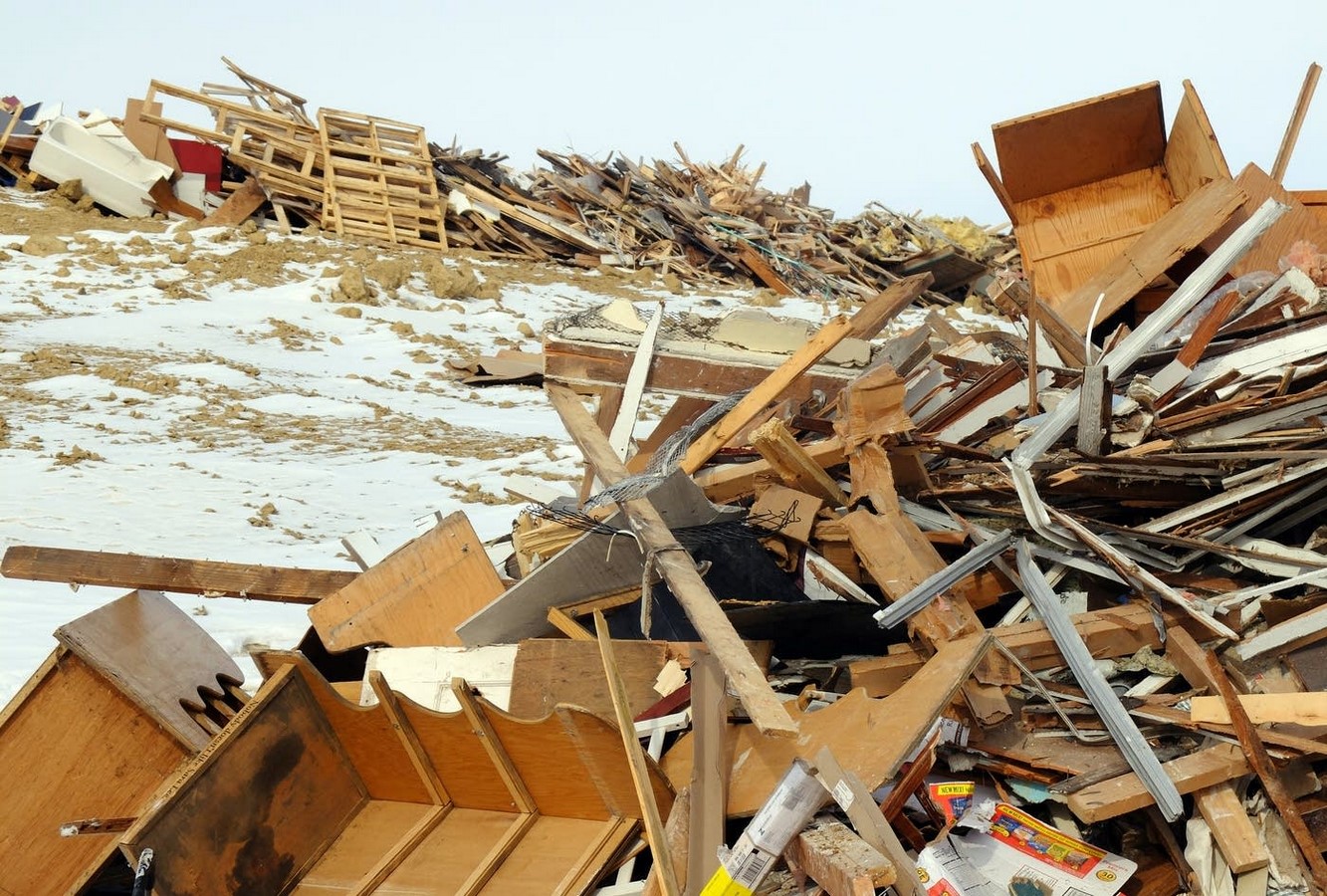
Reuse and Recycle of Architecture
Reckless resource consumption and unconscious production that have been going on for years have started to change with various problems faced today. The responsibility of architecture for the spread of this change is quite high. Reuse and recycling issues are on the agenda in new productions or studies on existing stock. There are various initiatives in this regard.
First, re-use projects realised by evaluating and transforming the existing building stock instead of producing from scratch for new spatial needs are among the positive points of view in this regard. It is possible to encounter reuse scenarios at many points, from new old industrial structures to new production structures left idle because they have completed their economic life.
Considering the existing, which is carried out to reduce the waste production of architecture, is one of the most efficient approaches to what can be done in this regard. It is also important to be more conscious about the resources used while carrying out this approach. Although re-use scenarios contain many parameters, they are sometimes rejected for economic reasons, but their long-term benefits are undeniable.
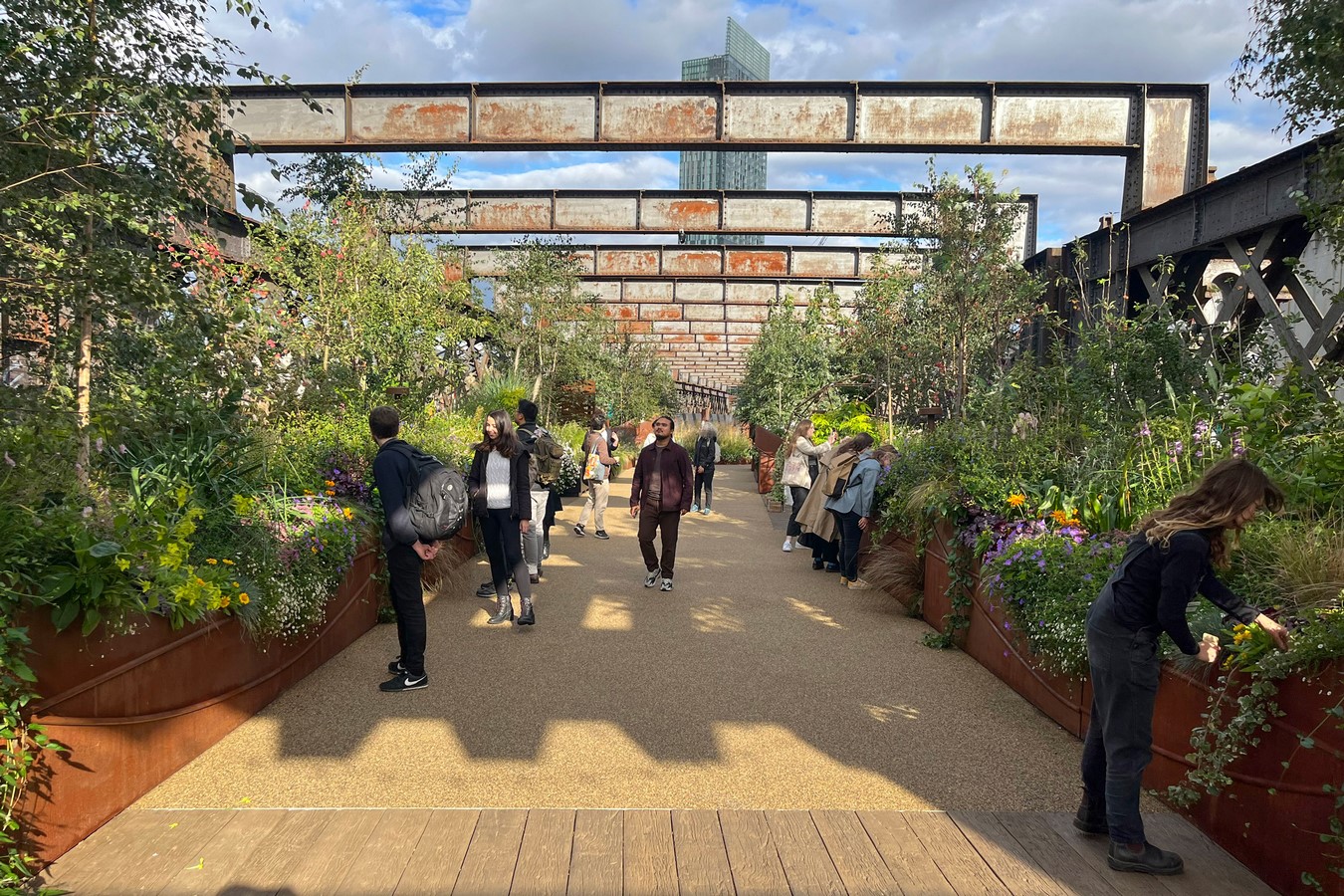
Recycling is also on the agenda for resource consumption in architecture. There are several initiatives where new materials are produced from construction waste. For example, Stone Cycling produces bricks with various appearances and features from the rubble they decompose. They recycle the rubble and enable it to be used as a building material. They also show how many kg of waste is converted with the WasteBased Bricks they use in the projects. Apart from bricks, concrete recycling studies are also being carried out. Company initiatives are working on powdering the concrete and reusing it as a concrete mortar.
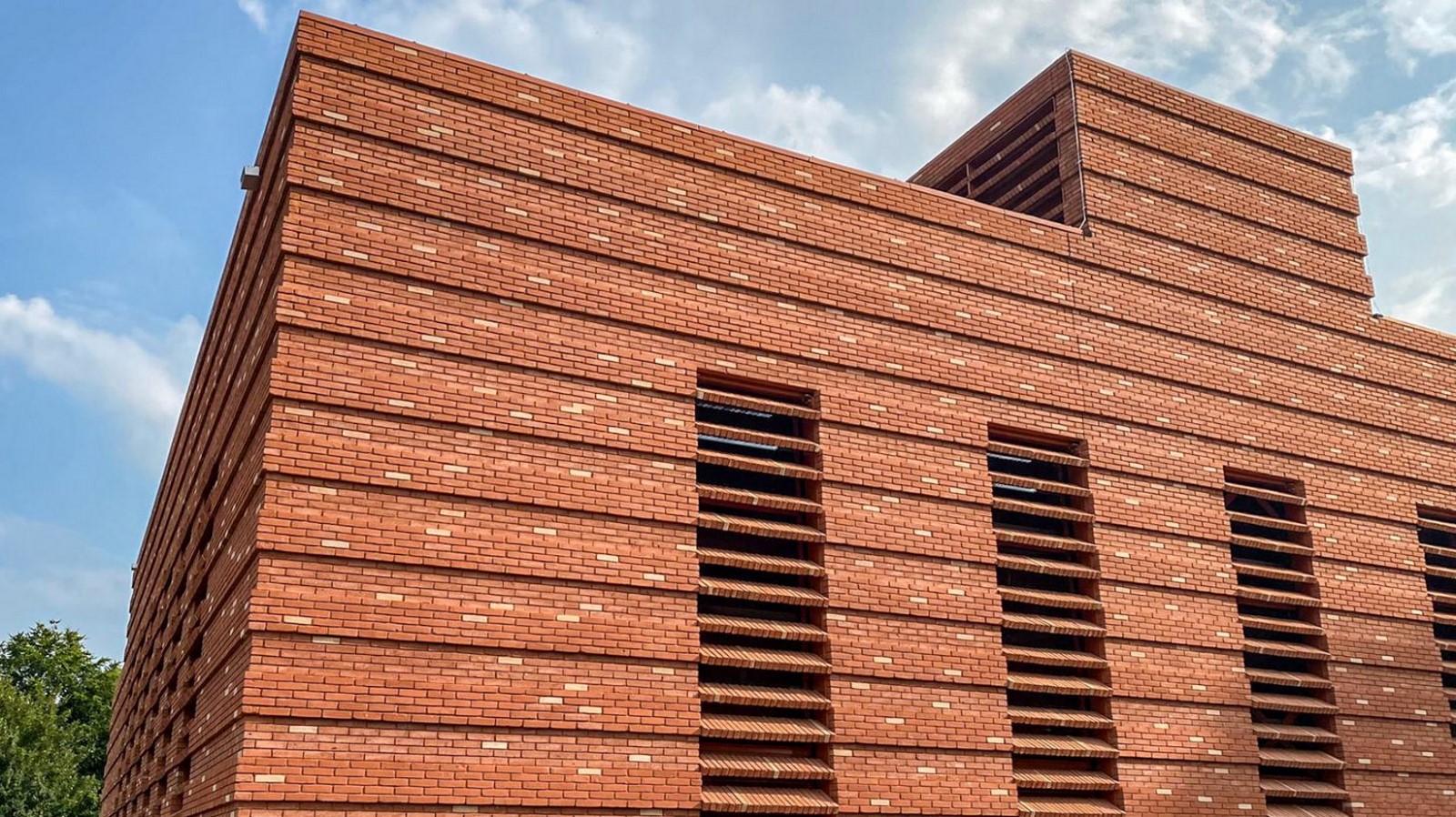
It is possible to multiply these recycling examples. Recycling the material once is very small compared to the waste rate generated every day by the construction industry. Although these initiatives are promising for the future, deciding that something is wasted is more critical.
It is an undeniable fact that the built environment has an impact on waste production and, therefore, on environmental problems. In this context, conscious architectural solutions can trigger production changes and stop unconscious resource consumption. Conscious designs and solutions should replace architectural productions made as if there is no end.
References:
- Yumpu.com (n.d.). AAP_WASTE. [online] yumpu.com. Available at: https://www.yumpu.com/en/document/read/66395952/aap-waste [Accessed 1 Jan. 2023].
- Uia.org. (2016). Resource demands of the built environment | The Encyclopedia of World Problems. [online] Available at: http://encyclopedia.uia.org/en/problem/resource-demands-built-environment.
- OECD (2015), Material Resources, Productivity and the Environment, OECD Green Growth Studies, OECD Publishing, Paris, https://doi.org/10.1787/9789264190504-en.
- Anon, (n.d.). The Impacts of Raw Material Use: Mining and Deforestation – materialflows.net. [online] Available at: https://www.materialflows.net/the-impacts-of-raw-material-use-mining-and-deforestation/ [Accessed 1 Jan. 2023].
- wwltv.com. (n.d.). 8 landmarks in New Orleans that have been abandoned and rotting for more than a decade. [online] Available at: https://www.wwltv.com/article/news/blighted-properties/289-da9da4cb-5b97-46b2-9bcb-8ada20aec2a4 [Accessed 1 Jan. 2023].
- EHA Connect. (n.d.). Debris & Waste. [online] Available at: https://ehaconnect.org/themes/debris-waste/ [Accessed 1 Jan. 2023].
- Dezeen. (2022). Manchester viaduct repurposed as public park by Twelve Architects. [online] Available at: https://www.dezeen.com/2022/10/11/castlefield-viaduct-twelve-architects-public-park-manchester/ [Accessed 1 Jan. 2023].
- StoneCycling. (n.d.). Circular City Heating at WOS Hakfort in Amsterdam |. [online] Available at: https://www.stonecycling.com/projects/circular-city-heating-wos-hakfort-amsterdam/ [Accessed 1 Jan. 2023].



















